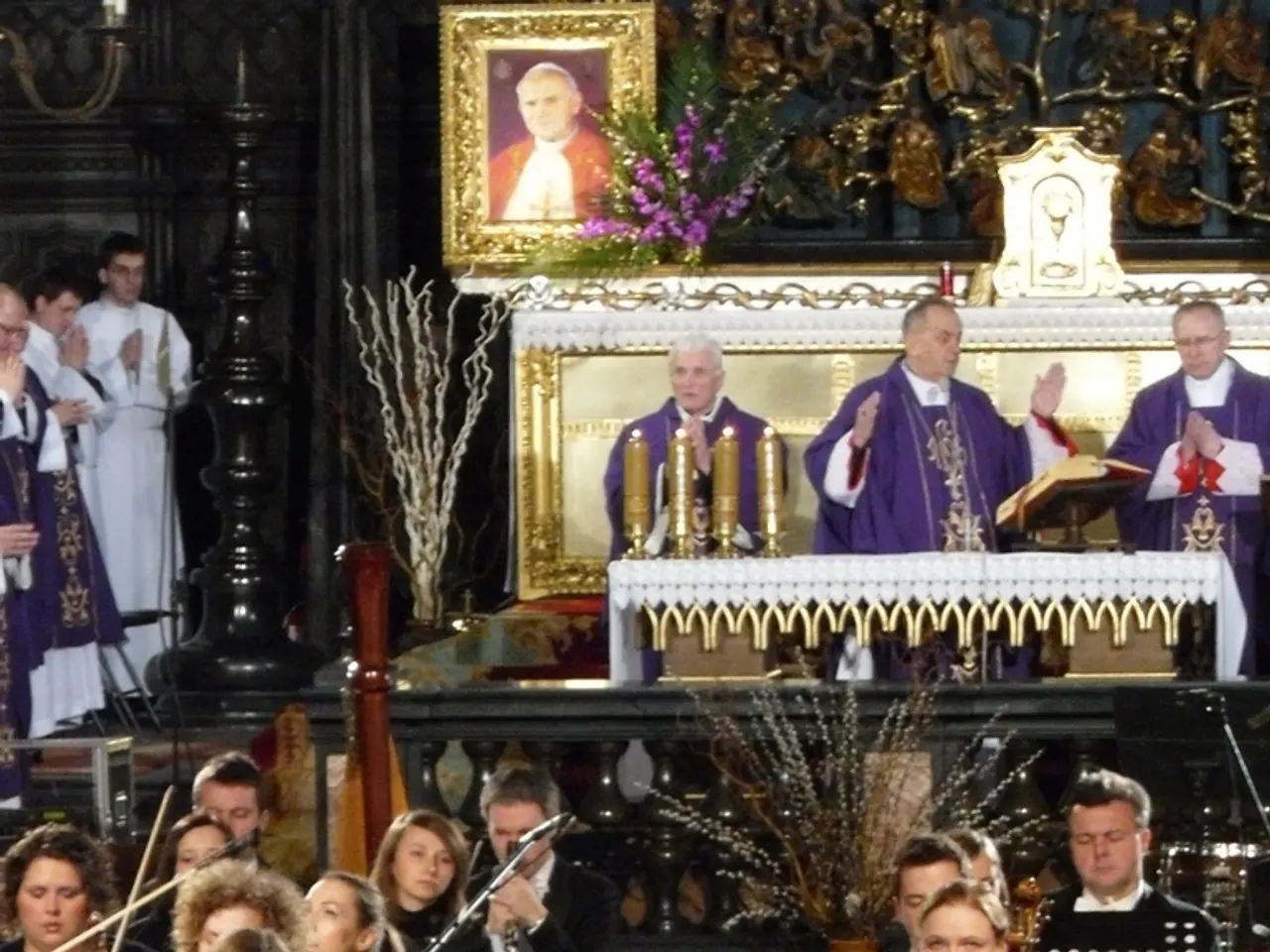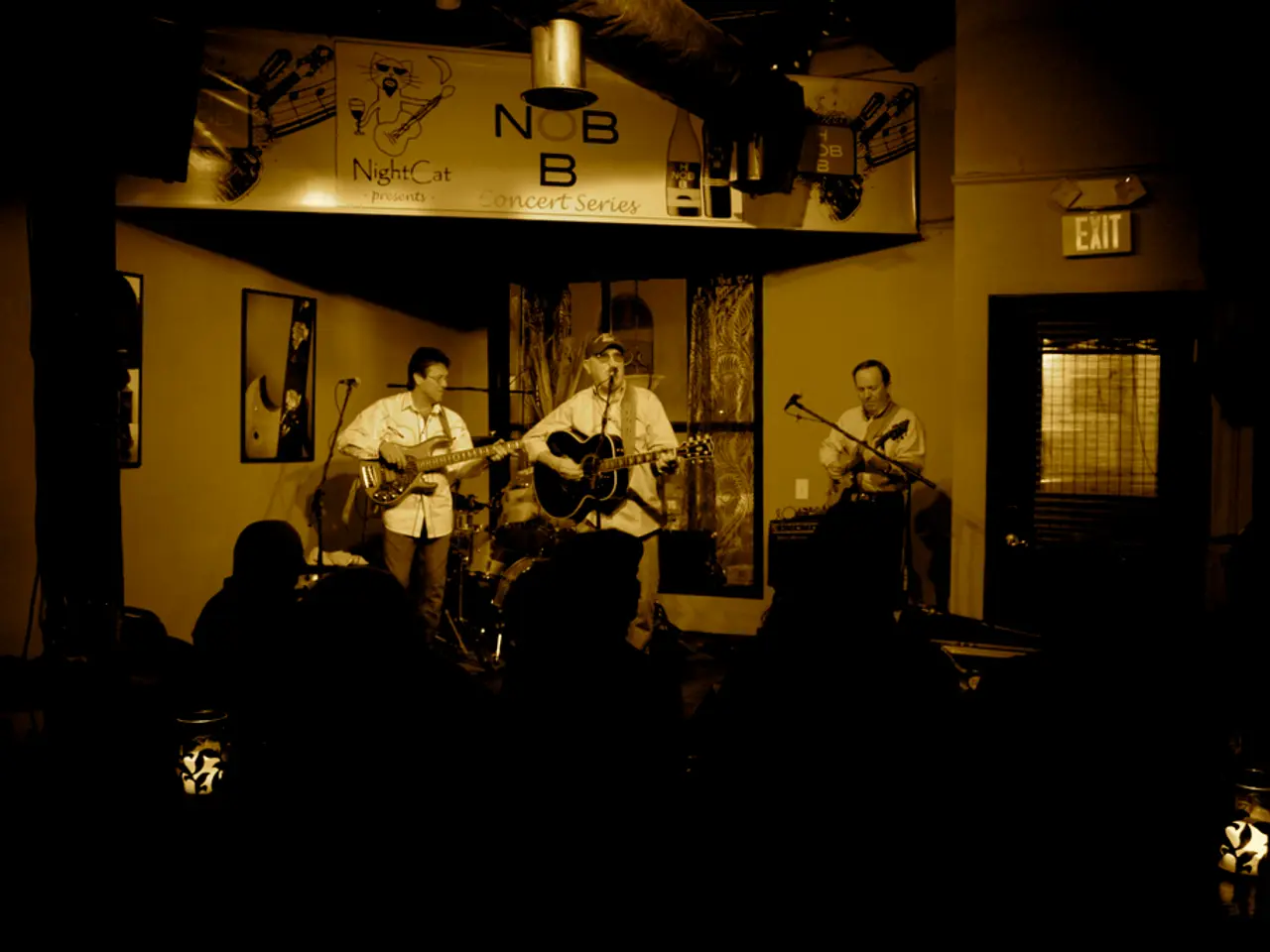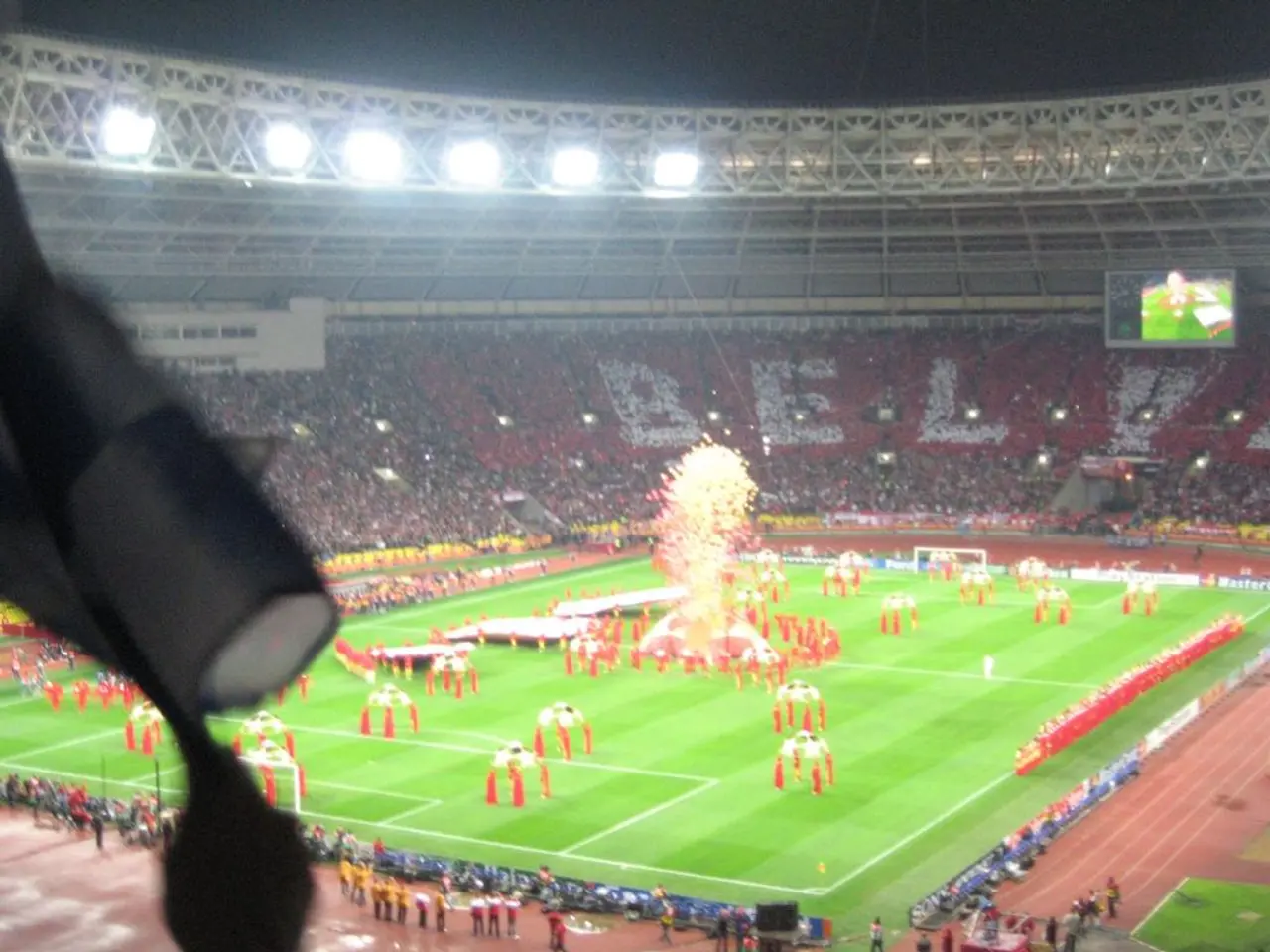Title: Chapter 6 of The Kwartin Project: Mayn Lebn
=====================================================================================
In the heart of the late Imperial Russian Pale of Settlement, a remarkable story unfolded, one that encapsulates the complexities of Jewish-non-Jewish relations during this period. This tale, as told by Zawel Kwartin in his memoirs, "Mayn Lebn," revolves around a musical performance, a pogrom, and a heroic Priest.
Chapter 6 of "Mayn Lebn" recounts a pogrom that took place in the neighboring village of Torgovitse. However, the narrative takes an unexpected turn when Kwartin, as a pre-adolescent boy, is called upon to perform his first cantorial recitatives at a grand celebration.
The event was a significant milestone in Kwartin's life, marking the musical performance as a highlight of the celebration. The town was abuzz with preparations for the event throughout the month leading up to it. For the musical part, professional singers were brought in to train Kwartin and others to sing various compositions.
The musical performance was part of a grand event held to celebrate the Priest's fifty-fifth birthday and thirty-year anniversary as a priest. The event took place in the Priest's house and was attended by a large number of priests, archbishops, Catholic priests, landowners, teachers, military officers, and other notables from the surrounding region.
Kwartin's performance included the Russian national anthem, Bozhe Tsaria Khrani, a Misheberach for the Czar, two solos (V'hagen B'adnu and Tzur Yisroel), and the choir sang Hallelujah. The Archbishop was moved by Kwartin's performance and offered him three rubles. The celebration ended with a toast.
Interestingly, this story offers a complex view of Jewish relations with non-Jews during this time. The Priest who stopped the pogrom in Torgovitse was a good soul and one of the true pious ones of the world, according to Kwartin's description. This juxtaposition of danger and integration in the cultural life of non-Jews is a poignant reflection of the era.
After the pogrom, the Jews of both towns gathered together to thank the Priest for his deeply humane conduct. A special committee was formed, and Kwartin's father was chosen to deliver the welcome speech. The violence and looting would have certainly spread into Khonorod, where the Kwartin family lived, were it not for this heroic Priest who stopped the pogrom.
Despite extensive research, there is little direct evidence available on the role of Orthodox Christians as patrons of cantorial (Jewish liturgical) music in the late Imperial Russian Pale of Settlement. However, the interaction or parallel development between Orthodox church music and Jewish cantorial singing in shared geographic spaces cannot be ignored.
Cantorial music, a significant part of Jewish liturgical tradition, flourished within Jewish communities in the Pale of Settlement. Similarly, Russian Orthodox Church music was a significant part of the broader religious culture in the Russian Empire. If such patronage existed, it would represent a nuanced aspect of interfaith cultural relations in the Russian Empire, requiring deeper archival study or scholarship.
Before this performance, Kwartin had musical experiences as a child, enjoying the music of Ukrainian peasants and learning to play the sopilka, a folk recorder. His life was a testament to the integration of Jews in the cultural life of non-Jews, despite the serious danger of racial persecution they faced.
In conclusion, the story of Zawel Kwartin's first performance and the heroic Priest who stopped a pogrom offers a fascinating glimpse into the complexities of Jewish-non-Jewish relations in late Imperial Russia. While the question of Orthodox Christians as patrons of cantorial music remains open for further research, the tale underscores the need for a deeper understanding of interfaith cultural relations during this period.
The musical performance in Kwartin's life, a milestone recounted in "Mayn Lebn," served as a platform for the integration of Jewish liturgical music into the broader cultural scene of the late Imperial Russian Pale of Settlement, thereby showcasing entertainment that combined music from both Jewish and non-Jewish traditions. This unique musical event, held to celebrate the Priest's anniversary, offered an unexpected opportunity for Kwartin to share his talents in a setting typically dominated by non-Jewish religious music.






